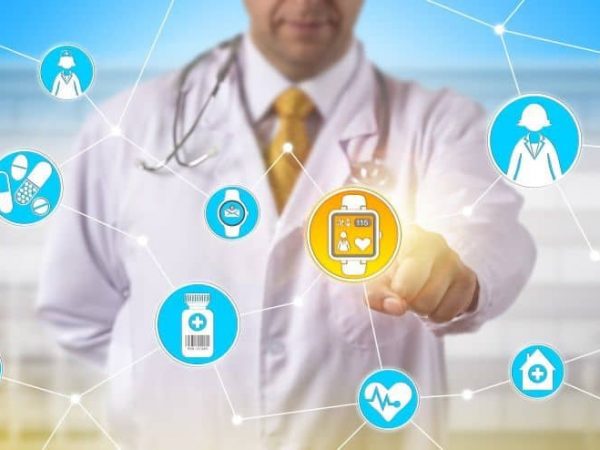
Telehealth is revolutionizing healthcare. Technology advancements are improving access, efficiency, and patient outcomes. Innovation trends continue to reshape telehealth for the future.
Remote patient monitoring (RPM) uses wearable devices and smart sensors. These tools collect real-time health data, allowing doctors to track patients remotely.
Benefits of RPM
Artificial intelligence (AI) enhances virtual healthcare. AI-powered chatbots and diagnostic tools assist doctors in providing faster, accurate assessments.
How AI Improves Telehealth
Virtual reality (VR) is changing telehealth. It provides immersive experiences for patient rehabilitation and medical training.
VR Applications in Healthcare
Wearables track vital signs, sleep patterns, and activity levels. Telehealth platforms use this data to improve patient monitoring and personalized treatment.
Popular Wearable Devices
Blockchain enhances security in telehealth by protecting patient records and ensuring privacy.
Benefits of Blockchain in Healthcare
Faster internet speeds improve telehealth services. 5G technology enhances video calls, reduces lag, and enables real-time patient monitoring.
How 5G Benefits Telehealth
Online therapy and counseling are growing rapidly. Telehealth platforms provide mental health support through virtual sessions and mobile apps.
Why Teletherapy is Popular
Big data analytics helps doctors customize treatment plans based on patient history and real-time data.
Uses of Big Data in Telehealth
Telehealth is merging with in-person visits to create hybrid care models. Patients receive virtual consultations before necessary in-person treatments.
Hybrid Healthcare Advantages
Voice-activated tools help streamline healthcare tasks. Patients and providers use voice assistants for scheduling, reminders, and symptom tracking.
How Voice Tech Enhances Healthcare
Telehealth innovations continue transforming healthcare. As technology evolves, telehealth will become more effective, personalized, and accessible for patients worldwide. Contact BlueStar today to learn more about how to make BlueStar’s patient monitoring solutions part of your pediatric care strategy.